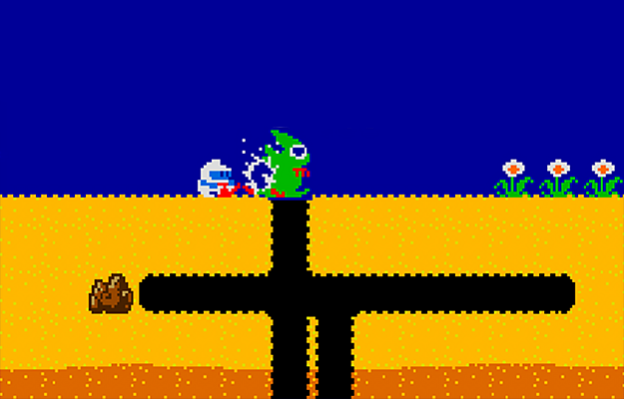If you’ve ever yearned to play Atari arcade games like Missile Command, Crystal Castles, Major Havok and more in an affordable arcade cabinet format, Arcade1Up and Atari have teamed up to release a new arcade cabinet to celebrate Atari’s 50th anniversary. The Atari 50th Anniversary Deluxe Arcade Machine is a must-have for any retro gaming fan, with a curated selection of 14 arcade classics and 50 Atari 2600 games.
The cabinet features a 17-inch color screen, four control panels (one for each game type), and two speakers. It also has upgraded joysticks and on-off light-up buttons, a light-up marquee, and even a 3D molded light-up coin door, although you don’t actually have to insert quarters to play. All done in the iconic profile of the classic Atari Asteroids cabinet.
Speaking of which, here is a list of some of the games included in the cabinet:
- Arcade classics: Asteroids, Centipede, Missile Command, Space Duel, Tempest and more!
- Atari 2600 games: Adventure, Battlezone, Breakout, Canyon Bomber, Crystal Castles, Donkey Kong, Frogger, Gravitar, Haunted House, Millipede, Missile Command, Pac-Man, Pole Position, River Raid, Space Invaders, Sword Quest, Yars’ Revenge, the list goes on.
The cabinet also has built-in Wi-Fi, so you can connect to online leaderboards and compete with gamers from all over the world.
The Atari 50th Anniversary Deluxe Arcade Machine is available now for pre-order on the Atari website and other retailers for $499.99. It is scheduled to ship in October 2023.
To read about the rise and fall of Atari, and the many games they published, and even watch and play them, start with my article on The Dot Eaters, here: https://thedoteaters.com/?bitstory=bitstory-article-2/pong-and-atari




























